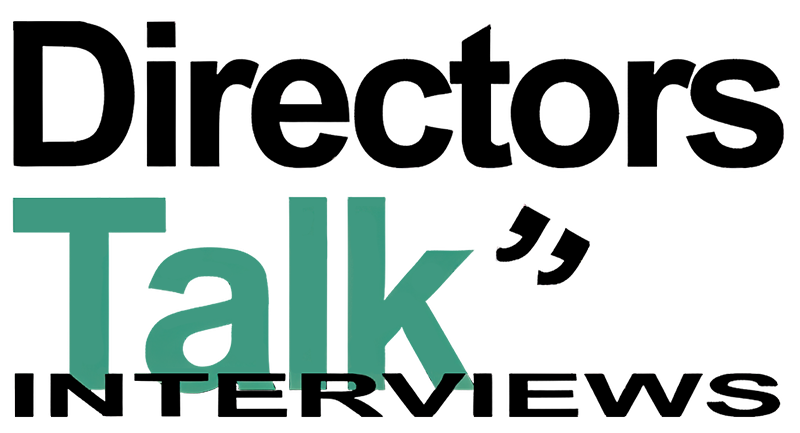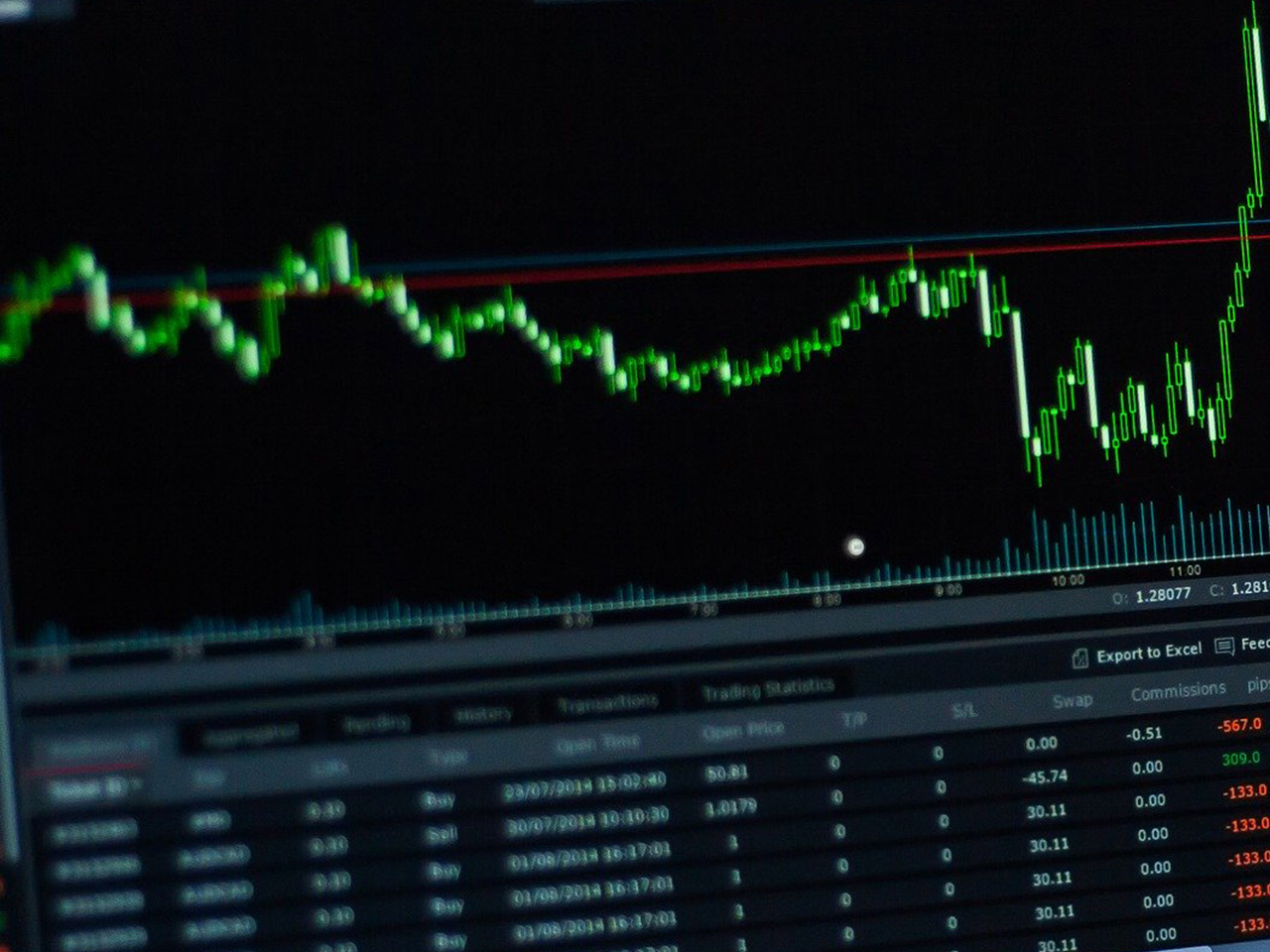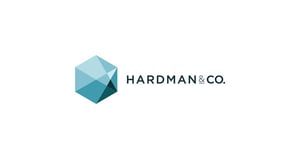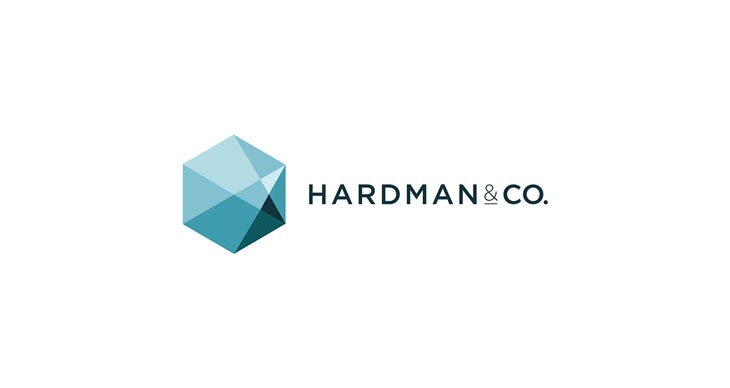Investors looking at the healthcare sector often find themselves drawn to Eli Lilly and Company (NYSE: LLY), a major player in the pharmaceutical industry. With a staggering market capitalization of $729.58 billion, Eli Lilly is not just a dominant force in the United States but a significant entity on the global stage. Despite a modest daily price change of 0.01% to $812.69, the stock presents a compelling case for potential growth, underscored by an analyst-consensus potential upside of 18.36%.
Eli Lilly’s portfolio is diverse, addressing critical medical needs from diabetes and oncology to rheumatoid arthritis and migraine prevention. The company’s innovative approach and strategic collaborations with firms like Incyte Corporation, Boehringer Ingelheim, and Genentech underscore its commitment to research and development, a crucial driver of its impressive 45.20% revenue growth. However, a look at the financials reveals some intriguing insights and challenges.
The company’s forward P/E ratio stands at 27.19, suggesting that investors are willing to pay a premium for future earnings, a common scenario for companies with strong growth trajectories and robust pipelines. However, other valuation metrics like the PEG ratio and EV/EBITDA remain unavailable, leaving some gaps in the valuation picture. The absence of these figures might concern some investors, highlighting the importance of a deeper look into financial statements and growth forecasts.
One of the standout figures in Eli Lilly’s performance metrics is its remarkable return on equity (ROE) of 77.28%, indicating efficient management and robust profitability relative to shareholder equity. Yet, the negative free cash flow of -$1.82 billion calls for attention. While high investments in future growth could explain this, it still poses a risk factor, especially if these investments do not yield expected returns.
The company’s dividend yield of 0.74% might not be the most attractive for income-focused investors, but it is supported by a reasonable payout ratio of 43.94%. This suggests that Eli Lilly is balancing profit reinvestment with shareholder returns, a strategy that can appeal to growth-oriented investors looking to benefit from capital appreciation alongside modest income.
Technically, Eli Lilly’s stock shows strength, trading above its 50-day moving average of $770.63 and hovering close to its 200-day average of $808.27. The RSI (Relative Strength Index) of 66.83 indicates the stock is nearing overbought territory, a signal for potential investors to watch for a possible pullback or consolidation.
Analyst sentiment remains predominantly positive, with 22 buy ratings, 4 holds, and only 2 sell ratings. The target price range is broad, from $650.00 to $1,190.00, with an average target of $961.93. This range reflects differing opinions on the stock’s potential trajectory but leans heavily towards optimism about Eli Lilly’s growth prospects.
With its robust pipeline, strategic partnerships, and solid market position, Eli Lilly continues to be a formidable contender in the healthcare sector. However, investors should weigh the potential upside against the challenges of negative cash flow and the premium valuation. As always, a comprehensive analysis aligned with individual risk tolerance and investment goals is essential when considering an investment in Eli Lilly.





































